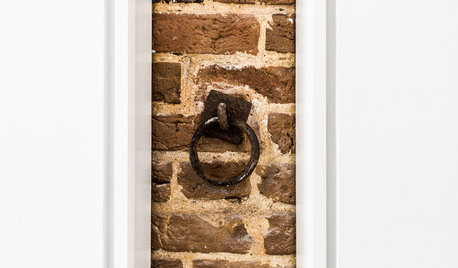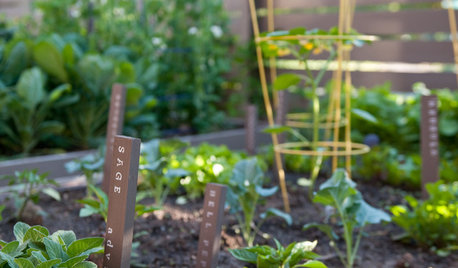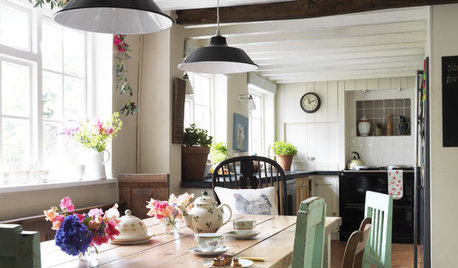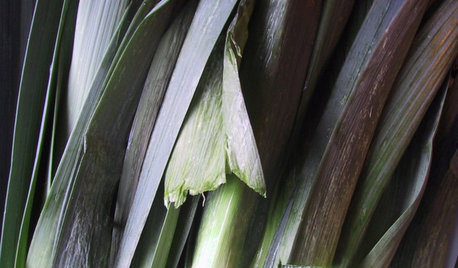keeping them in a vegetative state
njitgrad
9 years ago
Related Stories

LIFEYou Said It: ‘Rather Than Remove Them, They Framed Them’
Design advice, inspiration and observations that struck a chord this week
Full Story
LANDSCAPE DESIGNThe 7 Best Plant Types for Creating Privacy and How to Use Them
Follow these tips for using different kinds of plants as living privacy screens
Full Story
EDIBLE GARDENSKeep Track of Your Vegetable Garden With Plant Markers
Bring order to your edible beds with these labeling ideas
Full Story
HOUSEKEEPINGWhat's That Sound? 9 Home Noises and How to Fix Them
Bumps and thumps might be driving you crazy, but they also might mean big trouble. We give you the lowdown and which pro to call for help
Full Story
GARDENING GUIDESTree Care: Common Tree Diseases and What to Do About Them
Learn to recognize trees that may be affected by diseases or pests so you can quickly take action
Full Story
MOST POPULAR4 Obstacles to Decluttering — and How to Beat Them
Letting go can be hard, but it puts you more in control of your home's stuff and style. See if any of these notions are holding you back
Full Story
COOL-SEASON CROPSCool-Season Vegetables: How to Grow Leeks
Elegant in the garden and handy in the kitchen, onion-related leeks are worth the effort
Full Story
PAINTINGWhat to Know About Milk Paint and Chalk Paint — and How to Use Them
Learn the pros, cons, cost and more for these two easy-to-use paints that are great for giving furniture a vintage look
Full Story
MOVING5 Risks in Buying a Short-Sale Home — and How to Handle Them
Don’t let the lure of a great deal blind you to the hidden costs and issues in snagging a short-sale property
Full Story
GREAT HOME PROJECTSPower to the People: Outlets Right Where You Want Them
No more crawling and craning. With outlets in furniture, drawers and cabinets, access to power has never been easier
Full Story





ltilton
ZachS. z5 Platteville, Colorado
Related Professionals
Allentown Landscape Architects & Landscape Designers · Wrentham Landscape Architects & Landscape Designers · Signal Hill Landscape Architects & Landscape Designers · Willowick Landscape Architects & Landscape Designers · Goodyear Landscape Contractors · Williamsburg Landscape Contractors · Berwyn Landscape Contractors · Euclid Landscape Contractors · Long Beach Landscape Contractors · Middle River Landscape Contractors · San Bruno Landscape Contractors · South Farmingdale Landscape Contractors · The Woodlands Landscape Contractors · Conroe Driveway Installation & Maintenance · Park Ridge Driveway Installation & MaintenanceSlimy_Okra
digdirt2